By Krzysztof Iwanek

New Delhi’s foriegn policy strategy is inspired by Kautilya, while the Chinese are inspired by Sun Tzu – we read such sentences often. And the more they are written, the more shallow and less useful they become. It is very easy to claim, but how does one actually prove that today’s decision-makers have their source of inspiration in a treatise written in ancient times when technology, warfare, and state administration were so vastly different from what they are now?
Kautilya is believed to be an author of a fascinating ancient Sanskrit treatise on statecraft, “Arthashastra.” Let’s leave aside academic deliberations on when exactly the work was composed, whether it was written by one author or many, and whether the author’s name was Kautilya, Chanakya, or Vishnugupta. While such discussions are important to understand history, what concerns us here is that many claim that “Arthashastra” remains an inspiration for Indian foreign policy even today.
Let me be brutally honest: In its crude form, this belief often signals intellectual laziness, an attempt by the author to appear versatile without reading much, and to summarize complex processes with a short, suggestive maxim. Thus, “India follows Kautilya while China follows Sun Tzu” stands next to such hot takes as “Chinese play Go while Indians play chess.” While attractive on the surface, these statements fail to explain anything in depth when we try to apply them in order to understand contemporary national behavior.
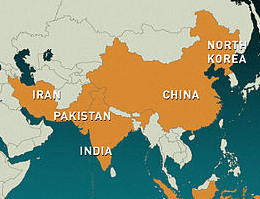
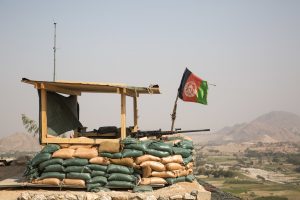


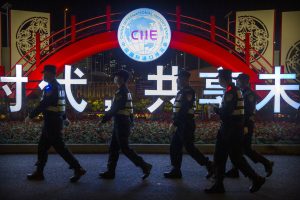
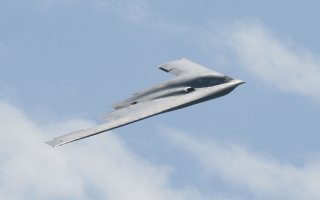
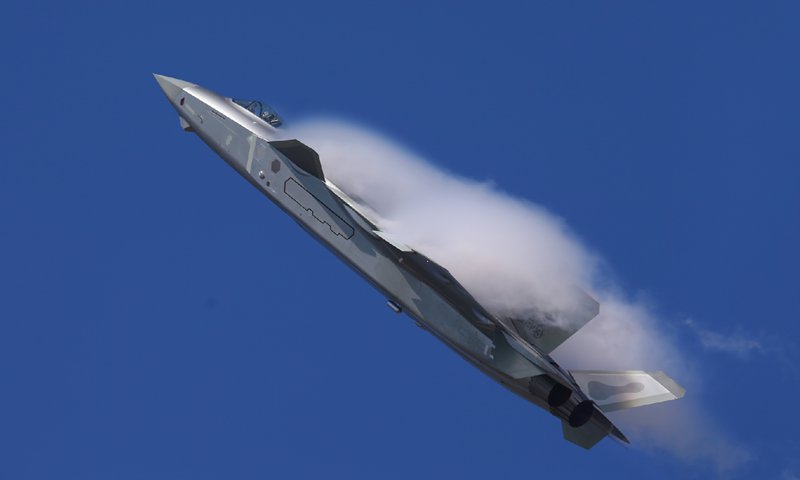



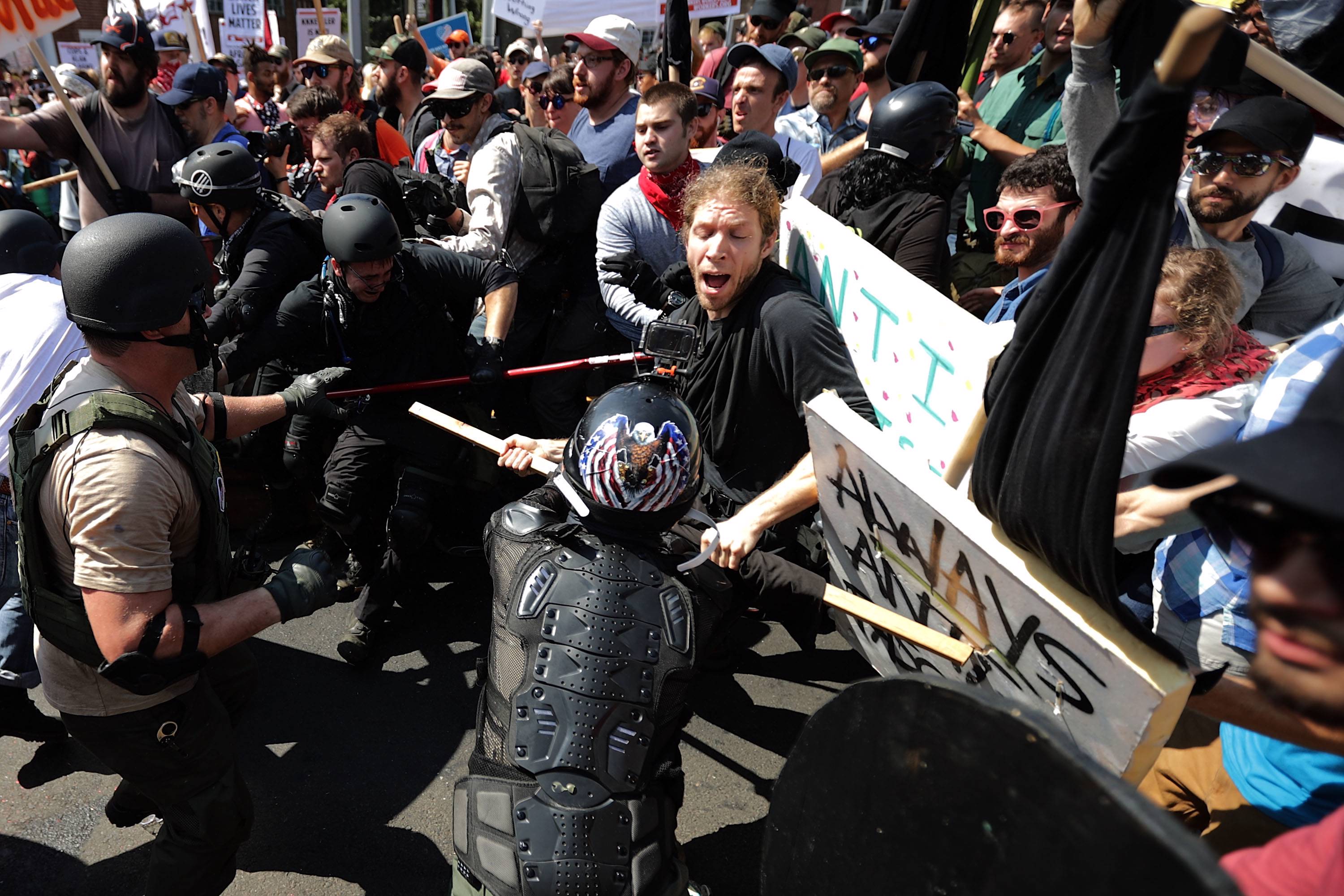






/cloudfront-us-east-1.images.arcpublishing.com/mco/MZFUVRPMNFGUXJMBX53JYWOZGM.jpg)